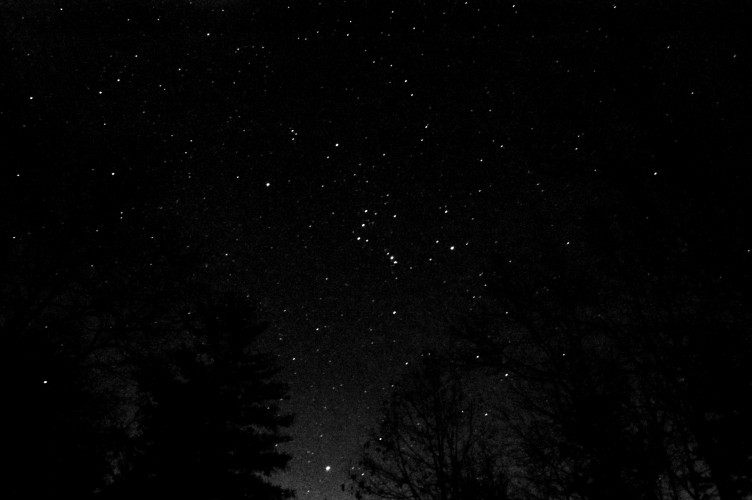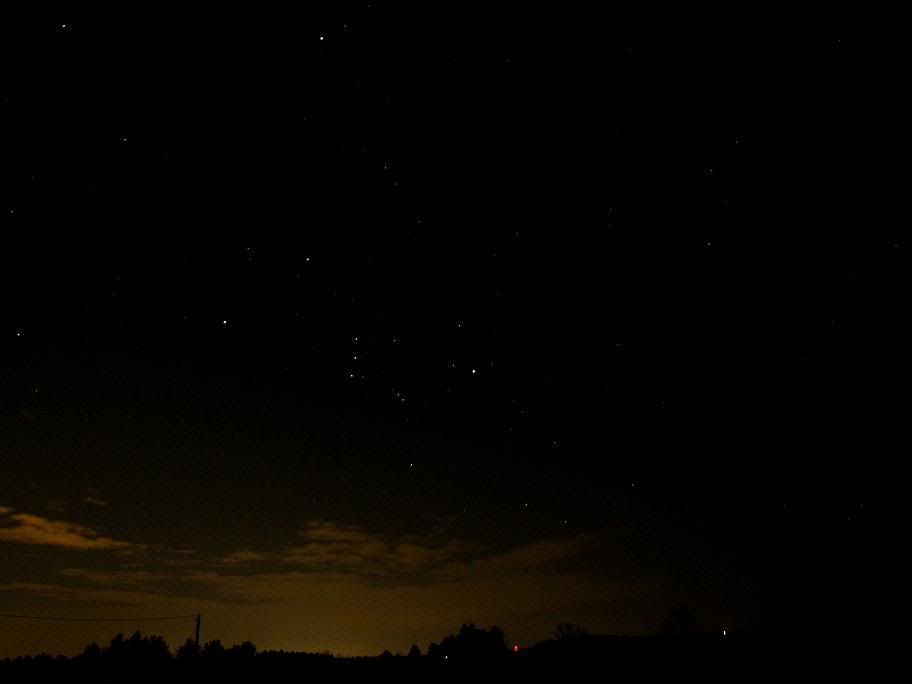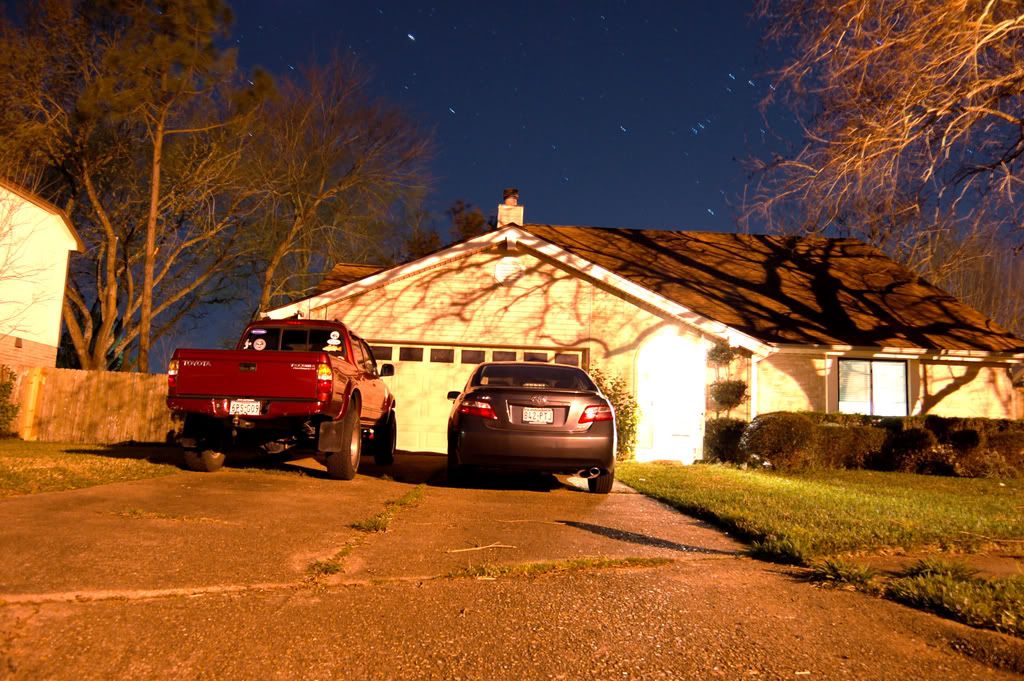Star_Climber
TPF Noob!
- Joined
- Jan 22, 2009
- Messages
- 81
- Reaction score
- 1
- Location
- Montenegro
- Can others edit my Photos
- Photos OK to edit
Would like to try it out,but dunno how?
Follow along with the video below to see how to install our site as a web app on your home screen.

Note: This feature currently requires accessing the site using the built-in Safari browser.


Yep, tripod, long shutter, hopefully a remote to trigger with (or self timer if you dont have a remote) Stick with as low of an ISO as possible to avoid a noisy image. At higher ISO's, noise will accumulate quickly in the dark sky. Even lower ISO's will come out somewhat noisy, but nowhere near as bad as a high one. Try to do it on a very clear night with little to no (preferably no!) wind, and make sure you have a nice sturdy tripod.
I've been experimenting with this recently. Here is one of the first images I got, done as a B&W conversion. It's not the greatest, but I was happy with it for one of my first attempts. You can just barely make out the trees in the foreground.

Hope that helps a bit.








incredible photos and great info can you do LENR with a nikon D40 im kinda new to using it
what does the manual say???